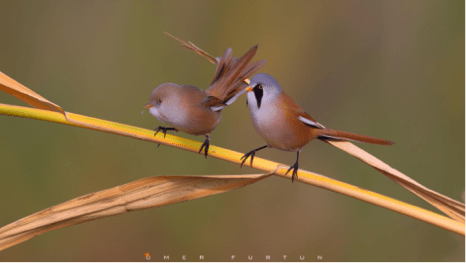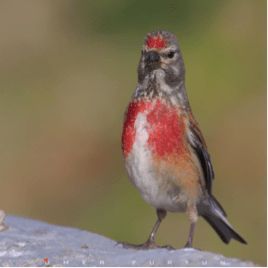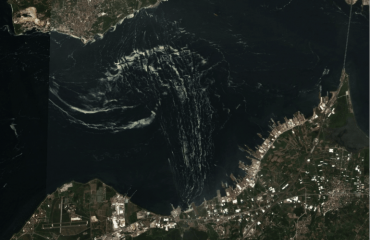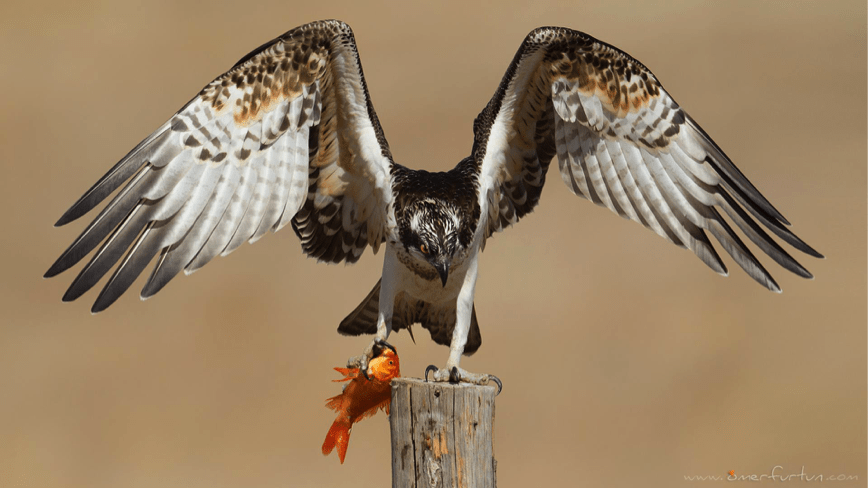
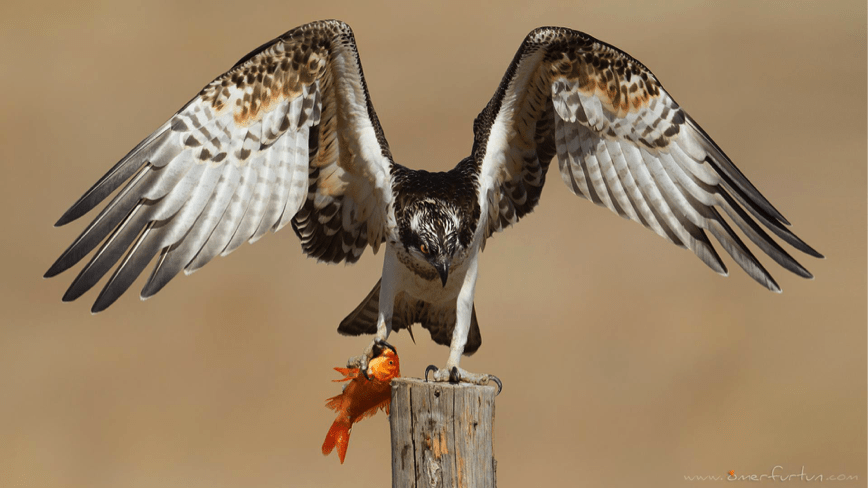
Turkey has been fighting forest fires for days. Drought was on the agenda before the fires. We still haven’t forgotten the death of the flamingos in Salt Lake. We are paying the heaviest price of the global warming bill in the Anthropocene era.
When and how the fires will end is not easy to predict. This price we pay is an important issue not only for us, but also for our biodiversity. Many endemic species in the Mediterranean Region are threatened by fires. For example, the breeding populations of Mediterranean species such as Anatolian nuthatch, Rüppell’s Warbler and Eastern Subalpine Warbler are under threat. Birds are creatures of movement and can escape from fire. However, when we consider creatures with limited mobility, the weight of the bill undoubtedly increases. Caracal is an important mammal species for our country, it is represented by approximately 2000 individuals in the Mediterranean forests. If we were to ask what is the situation for this species after the fires, the answer is quite difficult. We need to learn about all the assets that make up Turkey’s biological richness, especially in these difficult days.
At this point, I would like to talk about a new book that came out in the past weeks. “TRAKUS Birds of Turkey” was published as a citizen science project as a result of nearly 15 years of experience. It is a work that emerged with the devoted work of our country’s academics, bird watchers and photographers, with everything from photographs to texts. A 414-page guide has emerged as a result of the active work of a team of 25 people under the leadership of editor-in-chief Ömer Furtun.
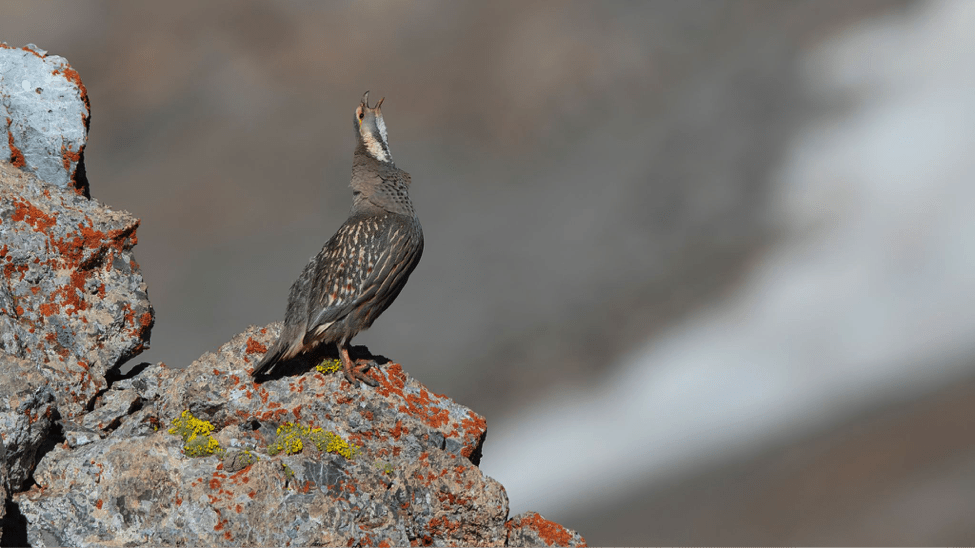
The first observations of birds in Anatolia began in the 1830s. But the first Turkish work about birds was published in 1945 by Saadet Ergene. Although various lists and books were published afterwards, these lists and books are usually shaped with drawings or pictures of birds from different sources. For this reason, the book TRAKUS Turkey’s Birds, which we received today, is a work created with original pictures of 491 bird species and is very valuable in this sense. The photographs evaluated for the book come from the TRAKUS website, which contains approximately 1 million photographs. You can see some of these photos in this article. The contribution of the book to the biodiversity of our country is great and it is a book that should be in the library of everyone who is interested in nature.
